'Blade' Was the OG Marvel Movie Powerhouse
Updated Aug. 21 2018, 12:12 p.m. ET
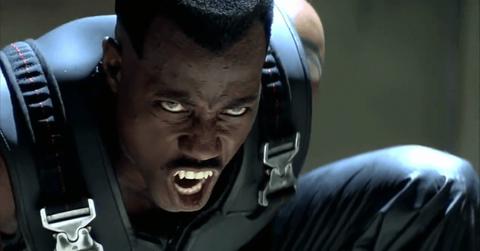
It's no secret that Marvel movies are cleaning up at the box office: they put butts in seats, plain and simple. And this is done by generally making legitimately good films but also by following some "safe" box office practices. But it's also easy to forget that they did this before back in 1998 with Blade.
Today, with the exception of a couple of films, the MCU films are PG-13. They feature lots of wise-cracking jokes and a beautiful palette of colors, and never take themselves too seriously. They have the perfect balance of catering to die-hard fans while appealing to the masses.
Which is probably why so many people were surprised when an R-rated Marvel film starring a certain fourth-wall breaking mercenary destroyed at the box office. But people seem to forget that an earlier Marvel franchise, which is celebrating its 20th anniversary this month, was banking big at the box office and it wasn't for kiddos.
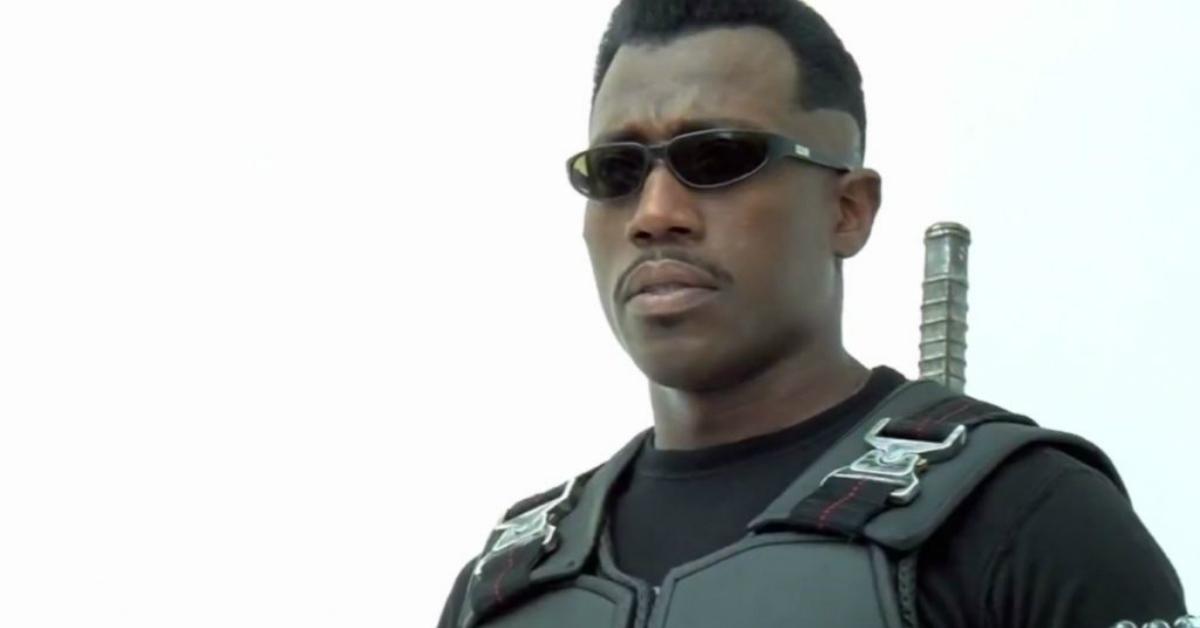
That opening scene from the first film: A bunch of super-goth vampires are in a meat-packing factory, raving like only vampires would. They're drinking blood that's raining down from sprinklers, cutting each other's arms open for fun, and just doing all sorts of weird undead stuff to a dope techno beat.
From the get-go, that first scene establishes a world and creates a universe in just a few series of images. Then, our titular hero played by Mr. Wesley Snipes himself, crashes the party and ruins their fun by killing every single last vampire with a variety of sick gadgets. All while rocking a dope black leather coat. Oh, and we learn he's half-vampire himself. It's awesome.
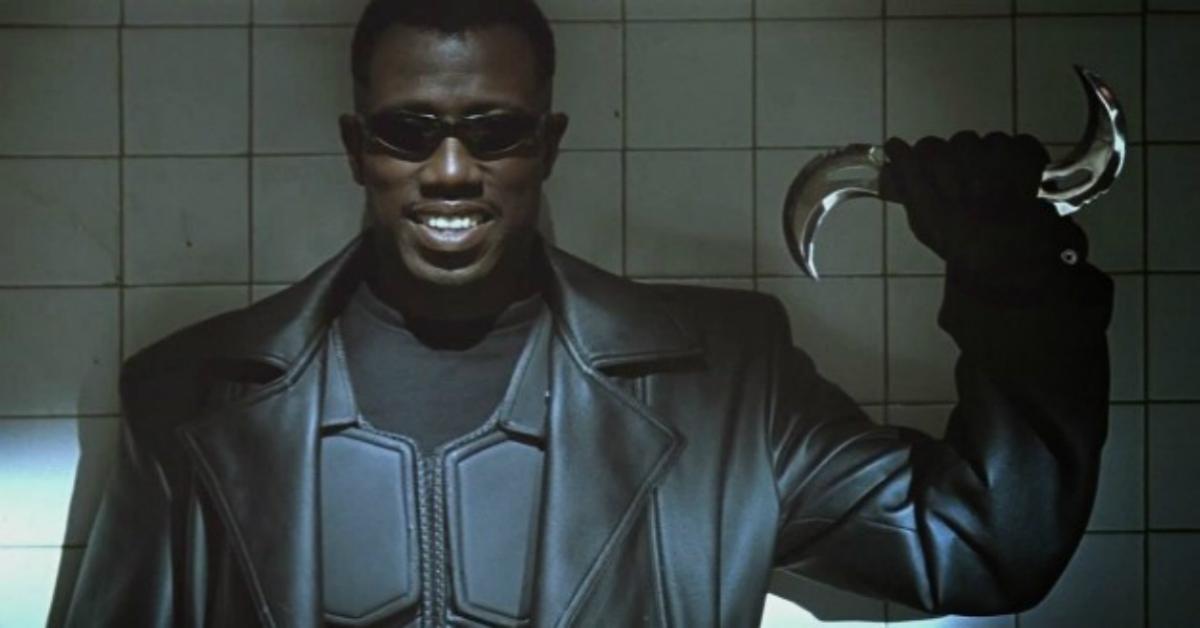
Back in 1998, Marvel Studios wasn't the powerhouse that it is today (heck, that wasn't even the case in 2008). They knew that the key to revitalizing their brand, and consequentially, the sales of comics and toys associated with their characters, was some box-office home runs.
Now, if growing up, someone told me that a studio was planning on making a superhero movie based on a character not many people knew, I would have laughed in their face. However, today we see Marvel Studios take lesser-known franchises and heroes that aren't so ubiquitous and give them standalone films, with sequels, almost all the time.

That was the philosophy behind Blade — take a Marvel character that screenwriter David S. Goyer could reinterpret as he pleased and make an awesome movie based off of it.
And there was a lot of reinterpreting going on. Wesley's Blade was a far cry from the character's debut in The Tomb of Dracula No. 10, and in many different ways.
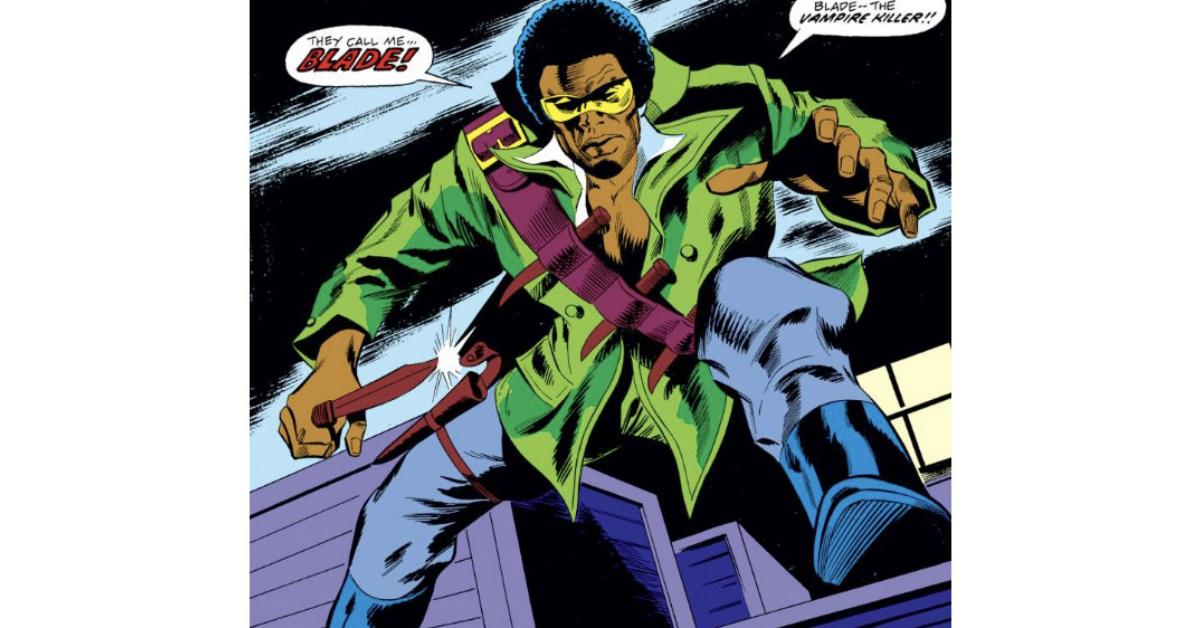
He was never a major player even in the Nightstalkers series, although he did receive a fashion upgrade when he resurfaced in the comics again in the '90s. Those same '90s kids who loved the Spiderman cartoon on Fox might remember that Blade showed up in a few of the series' episodes.
His look was more akin to the black leather aesthetic that director Stephen Norrington, writer David S. Goyer, and Wesley Snipes would come up with. The creative team behind the first film, throughout the creation of the project, continually insisted to be given as much freedom as possible with the source material.
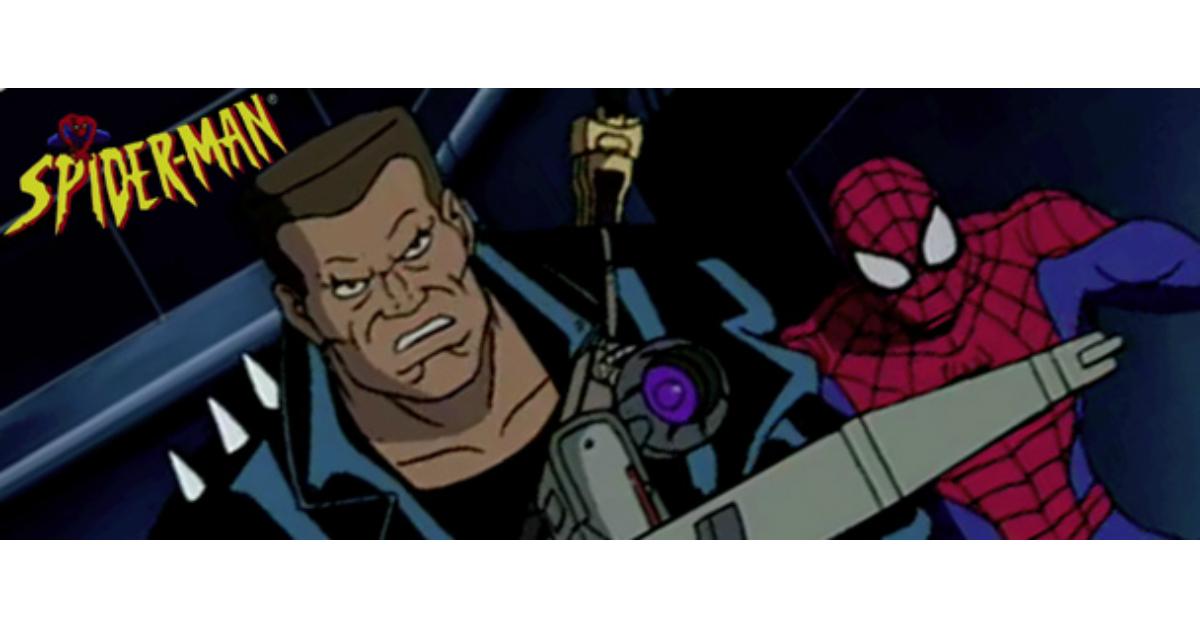
Due to Blade not being a bread-and-butter franchise for Marvel's comics business, with throngs of fans and comic book devotees crying foul if the main character had a different haircut, there was no need to play it safe — only execute a consummate vision for a film that would go on to create two more commercially successful sequels and give Marvel some life in the movie-making business — although no one knew it at the time.
Some have even said that before Blade debuted in theaters and ended up making a ton of money at the box office, it was already a success. The fact that a creative team was able to take the source material of a relatively unknown character in the MCU —and give them their own world that was more relatable to audiences than previous superhero films — was a huge undertaking that the team behind the film made good on.
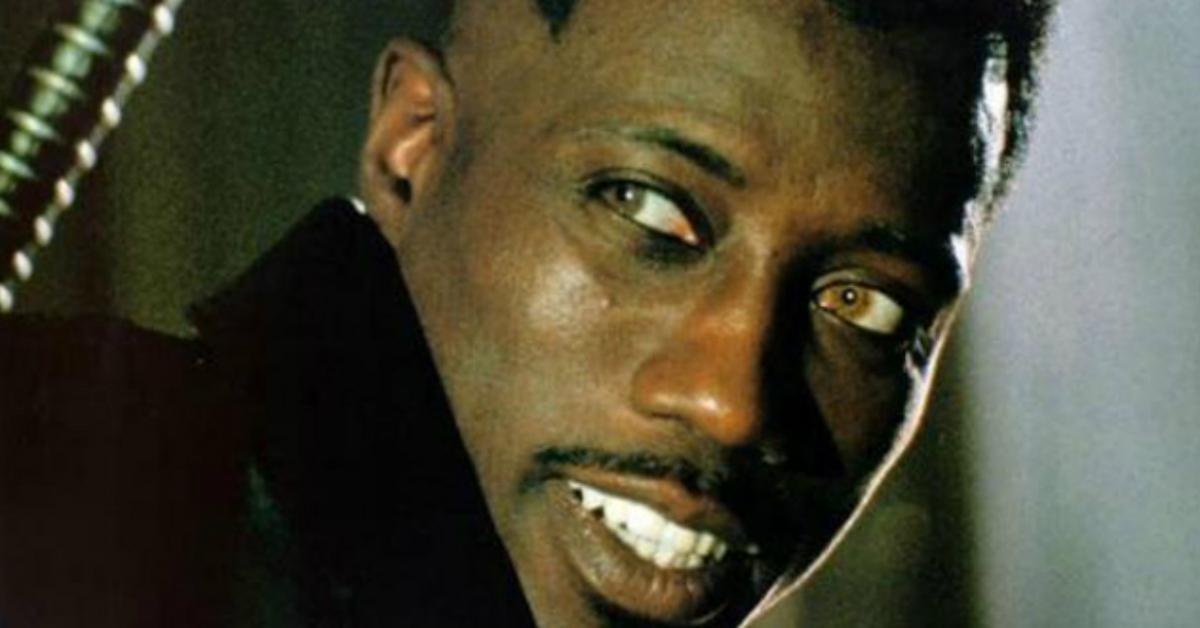
Even 20 years later, Blade is a movie that doesn't feel out of time. It's set in a gritty, urban environment. The film's dark aesthetic isn't done for effect but because it lends itself to the narrative so well — it is a movie about vampires, after all.
Even when Wesley's character is walking out during the day and confronts the film's main villain, you don't get the sense that you're watching any other movie — it still has that distinctly dark Blade feel.
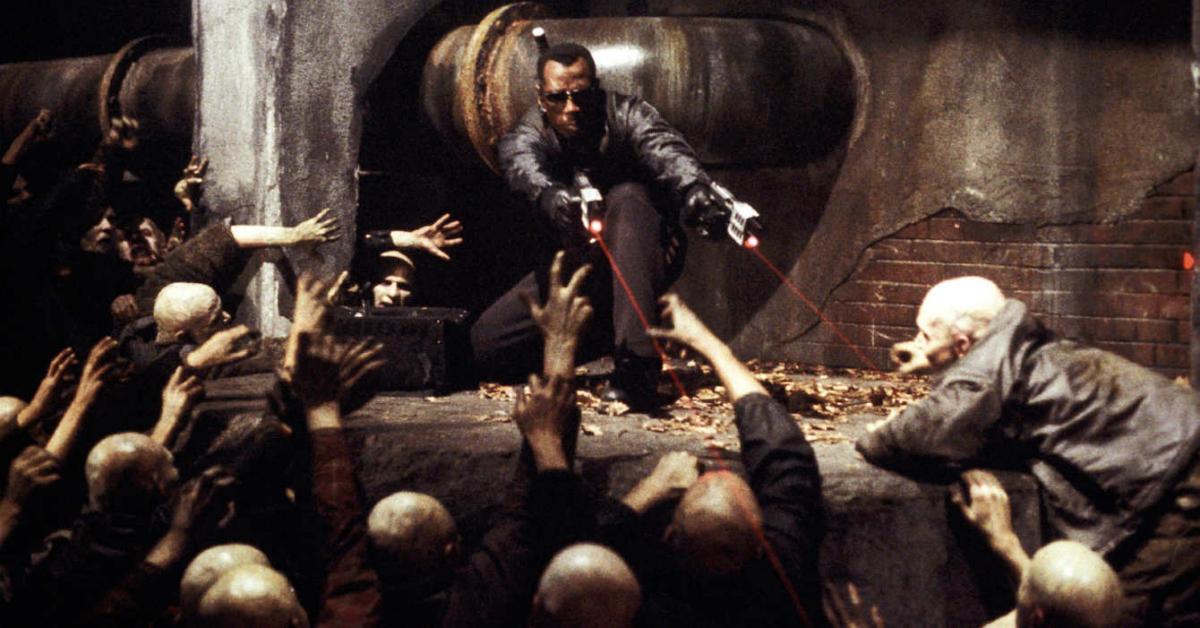
With a budget of only $45 million, the original Blade gave Marvel Entertainment its first, honest-to-goodness box office success. Worldwide, the movie grossed $131.2 million, and that's without adjusting movie ticket price inflation, which is a big deal (seriously, I need to sell an organ these days just to treat some friends to a flick).
Critics at the time didn't know how to react to the film: the landscape for cinema and critiques of comic book movies has changed a lot in 20 years. Basically if you made a "comic book" movie, there was no way it could be considered art and you'd have a hard time convincing stodgy film critics otherwise.
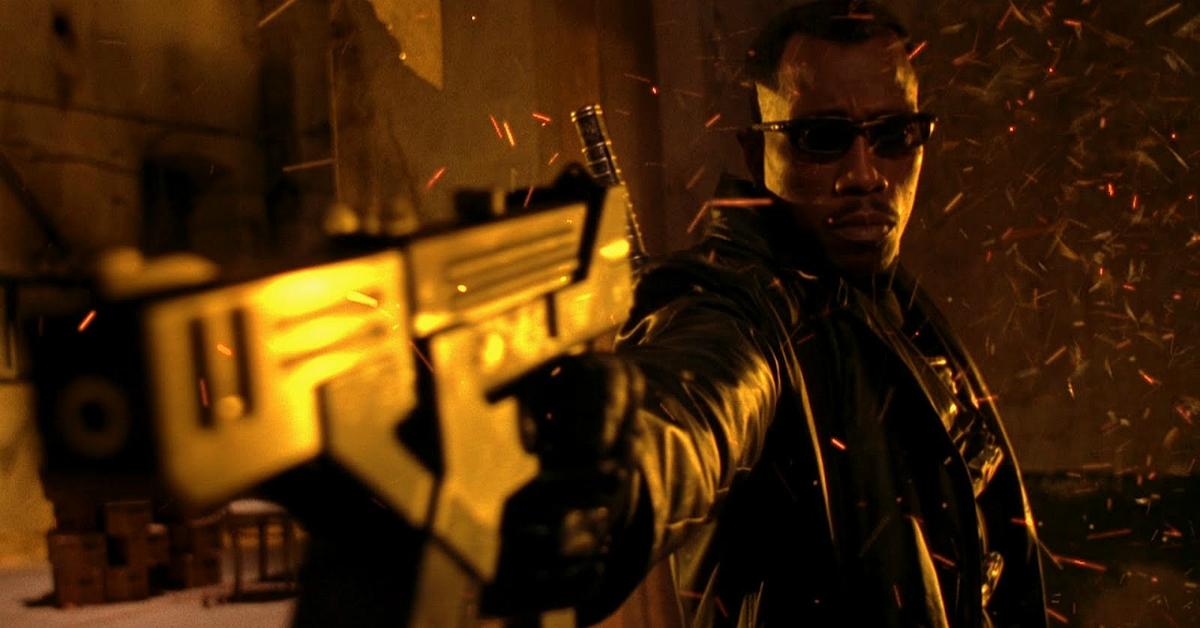
But on Rotten Tomatoes, the film stands the test of time, with viewers still actively giving the movie a fresh rating, even if critics at the time were more fond of movies where people drowned on big boats.
Blade spawned two sequels, both which were very successful and featured top talent. Blade II was directed by Guillermo Del Toro, who you may have heard just won the Oscar for a best picture, no big deal. Blade Trinity also featured Ryan Reynolds cracking jokes and wielding swords, which paved the way to similar Marvel movie activities for the actor down the road. Not to mention Jessica Biel was totally ripped in it. Seriously, I want her workout routine.
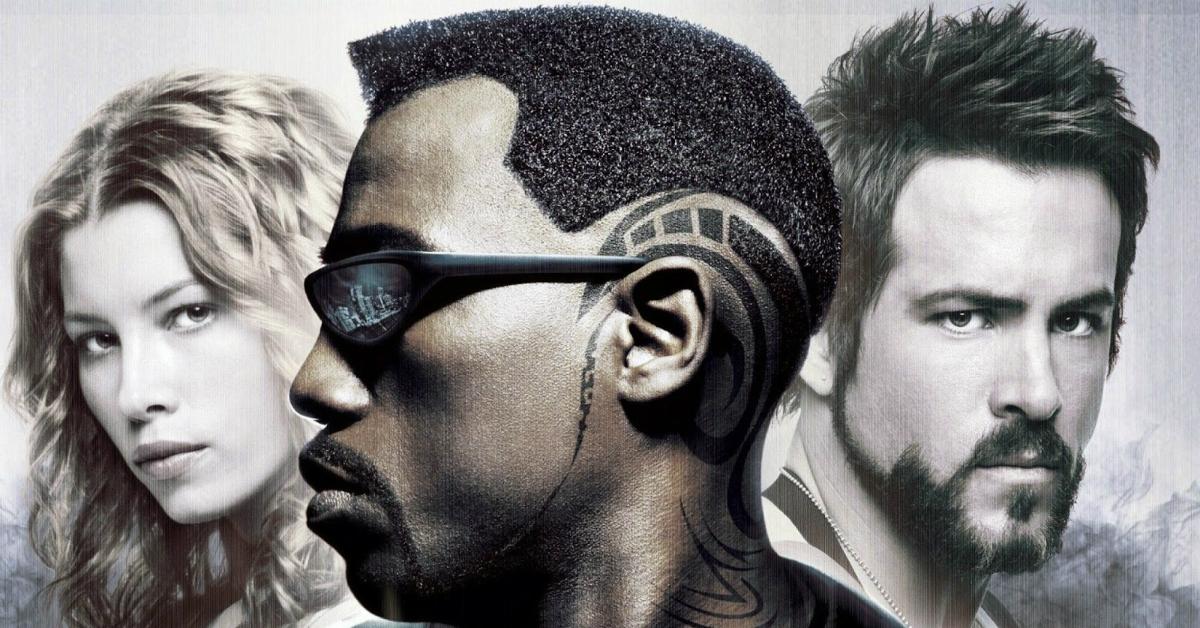
The first Blade also set a lot of action movie standards. First off, it was Wesley's career-defining role — he's most readily associated with the character, but his portrayal of Blade also set the stage for how other action-hero movie films — especially those involving monsters — were written.
Both Milla Jovovich and Kate Beckinsale played characters that are crafted similarly to Blade. The first movie also pioneered the use of "bullet time," a term that was coined by the Wachowski brothers, but Blade did it first. Don't believe me? Watch this clip.
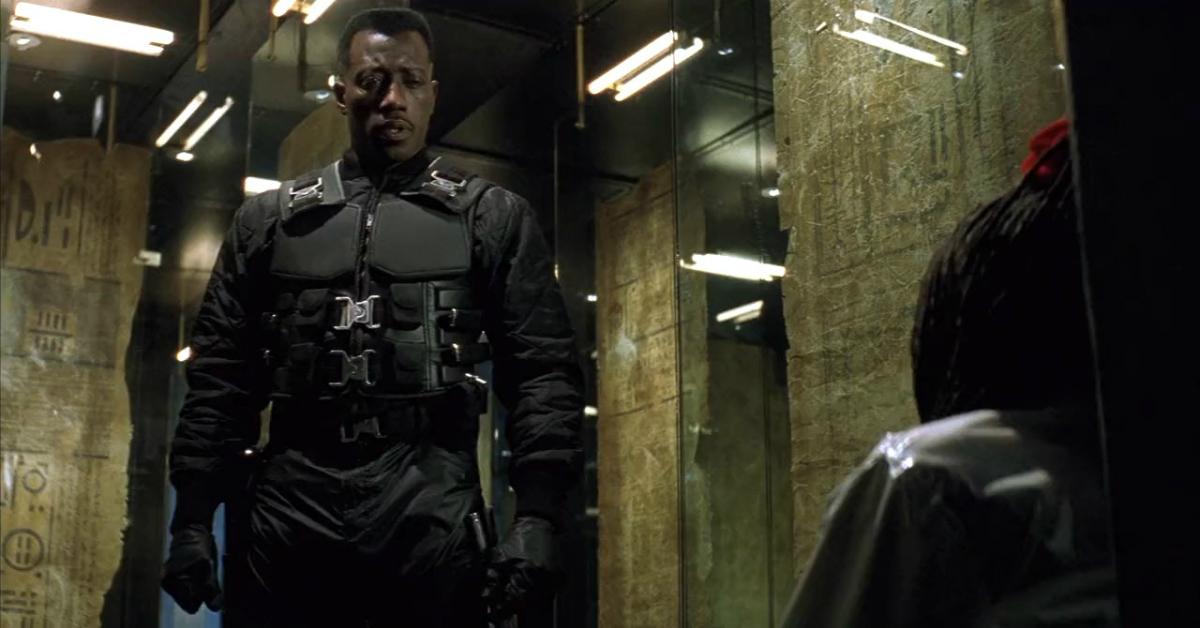
After Marvel proved again recently that R-rated superhero films could crush in the box office (although we already knew that, all of the Blade films earned around double or more of their production budgets), fans are clamoring for the day-walking vampire slayer to be brought back into the MCU.
I personally would love that, but any talk of bringing Blade back is just conjecture. Which is fine, because after all this Blade talk, I think I'm just going to kick back on the film's 20th anniversary and re-watch some vampires get dismembered.